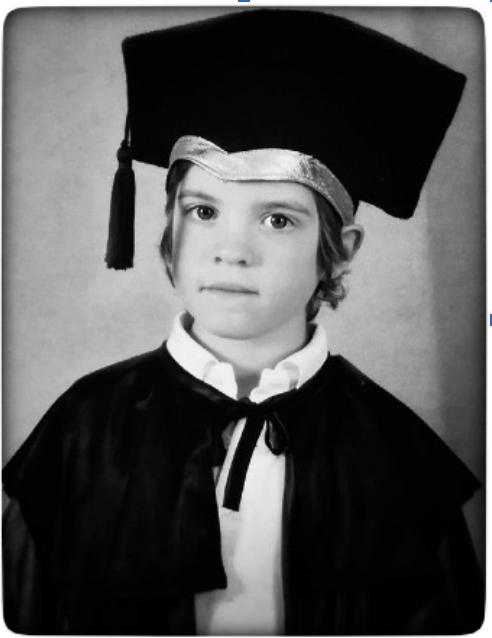 Being better teachers than a robot
Being better teachers than a robot
Mateo is a six-year-old boy who will enter primary school next course. He’s got years of learning ahead; tens of teachers to meet; tons of maths, science, literature to learn… and an uncertain future. Mateo’s generation will have to face big challenges, like the change in the meaning of reality or the sense of privacy. They will need to fight against inequality, or climate change. They will be compelled to deal with overpopulation. And they will, quite probably, be the first generation to settle in a different place than the Earth. How can we prepare Mateo’s generation to be ready to all these challenges? It is our responsibility to give them the tools to make them able to find the good responses to them all. And education is the best way to do it.
We all know how the classrooms of our grandparents looked like (how they were organized, how the chairs and tables were arranged…) We all know how the classrooms of our parents looked like. We all know how our own classrooms were. And we know how the classrooms of our children are. But are we positive about how the classrooms of our grandchildren will be? In a time when robots and Artificial Intelligence start to be part of our lives, and when knowledge and contents are just a click away, the education of our children has become our own generation’s main challenge. Therefore, we need to keep this sentence by Arthur C. Clarke in mind:
” Any teacher who can be replaced by a machine should be.”
So, how many teachers should be replaced by machines before Mateo becomes a fully educated adult? And what will make the difference between the survivor teachers and a machine? The answer to this last question is simple: creativity. Robots are becoming better and better at learning, at showing and at understanding emotions. But they are not yet able to create. Creativity is an exclusive ability of human beings.
Yet, we are not talking about the potential to create artworks. The actual meaning of creativity is to fluently find original and effective solutions to the challenges we face.
There is a widespread myth that divides people between left or right-sided brain thinkers. The popular belief is that a creative person uses the right side of the brain most, and a more rational one, the left side. But this assumption is not true. First, creativity is an innate ability, so we are not more or less creative: we are more or less trained in creativity. And second, we do it throughout the establishment of connections between different parts of our brain, not by using one side or the other. So, we arrive to the key point now, how do we put creativity into practice in science education? The answer, again, is simple: establishing connections. We should start connecting the STEM disciplines to the arts, creating the STEAM disciplines (Science, Technology, Engineering, Arts and Mathematics). We can introduce theater or literature in the biology lectures, but we can also bring physics or maths in the visual and manual arts classroom.
Artists and scientists share a common tool in their daily work. They have to deal with questions. However, when we take science into the classrooms, we only give answers to our students! There are answers in science, but we can use arts to make clear that science has more to do with questioning. As a sentence wrongly attributed to Feynman says:
“I would rather have questions that can’t be answered than answers that can’t be questioned.”
All in all, I hope we give Mateo and his generation the tools and the knowledge enough to make the right questions. And to answer them in a creative manner.
